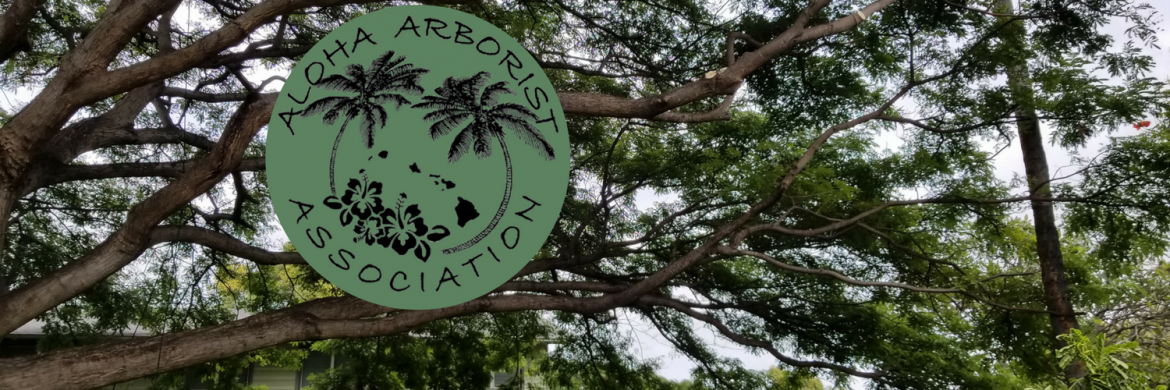Distribution: Main Hawaiian Islands Host: Plumeria spp. Symptoms: Powdery, yellow-orange lesions on leaves with powdery spore masses on the underside of leaves Management: Plant resistant species or hybrids, leaf litter control/destruction, plant in drier areas, apply approved fungicides when necessary, biological control with fungal hyperparasites and an insect (midge) predator, control weeds to improve airflow, …
Category: News
Jun 20
Pest of the Month November 2008 – Cycad Scale
Distribution: Oahu, Big Island, Kauai, and Maui Host: Cycad species especially sago palm Symptoms: Leaves turn yellow, then brown and die Management: Biological control with tiny black lady beetle (Rhyzobius lophanthae) preferred. Source: Cycad Scale on Sago Palm, University of Hawai’i at Manoa, College of Tropical Agriculture and Human Resources, Cooperative Extension Service, Publication IP-23, October …
Jun 20
Pest of the Month October 2008 – Coconut Rhinoceros Beetle (Pest Alert)
Distribution: South Pacific (American Samoa, others) Host: Coconut palm, oil palms, other palm species Symptoms: V-shaped cuts in the fronds or holes through the midrib Management: Eliminating the places where they breed and manually destroying adults and immatures. Also through natural enemies such as pigs, rats, ants, and some beetles and diseases (fungus Metahizium anisopliae …
Jun 20
Pest of the Month August 2008 – Sudden Oak Death (Pest Alert)
Distribution: Western U.S.–California, Oregon, Washington, British Columbia Hosts: 38 species susceptible, additional 16 species associated with disease. Deadly to beech and oak. Hawaiian Islands associated hosts include Camellia, Rhododendron, and Victorian laurel Symptoms: Canker on trunk, may be oozing. If plants showing symptoms are found, call 643-PEST from any island in Hawaii. Control: Clear cutting, burning, …
Jun 20
Pest of the Month July 2008 – Mango Powdery Mildew
Distribution: Widely distributed throughout the Pacific Host: Mango Symptoms: Whitish-gray haze on panicles, fruits, and leaves. Killed flowers turn brown & gray. Treatment: Plant cultivars that are less sensitive to the disease Avoid cool, humid locations and areas that receive rain during the flowering season Destroy infected fallen foliage and severely infected panicles Prune competing …
Jun 20
Pest of the Month June 2008 – Bacterial Leaf Blight of Fishtail Palm
Distribution: Most common in nurseries with overhead irrigation and in high rainfall areas. Symptoms: Initial symptoms are small, water-soaked, translucent to light yellow to light brown banded areas running along and around leaf veins. Mature lesions develop a brown to black color and may have a chlorotic (yellow) halo; lesions range from a minimum of 1-2 mm wide …
Jun 20
Pest of the Month May 2008 – Ohia Rust
Distribution: Widespread throughout the Hawaiian Islands (except Niihau) Hosts: Wide range of hosts on various members of the Family Myrtaceae including ohia, Eucalyptus, paperbark, guava, rose apple, allspice, species of Eugenia, myrtle, and others. Other common names: eucalyptus rust, guava rust Symptoms: Starts as tiny bright yellow powdery eruptions in a circular pattern. These expand causing …
Jun 16
Pest of the Month April 2008 – Eucalyptus Longhorned Borer
Distribution: California. Found by Mark Leon in Wahiawa Heights, Oahu Hosts: Eucalyptus species, especially those under stress (e.g. – drought), orchids, monkeypods On Hawaii’s Noxious Pest list Reference: Pest Notes Publication 7425 University of California
Jun 16
Pest of the Month February 2008 – Glassy-winged Sharpshooter
Distribution: Leeward Oahu Hosts: monkeypod, java plum, haole koa, Plumeria, mountain apple, African tulip, lime, pummelo, kou, bottlebrush, Caribbean trumpet, hibiscus, gardenia, papaya, green/red ti, croton, crown flower, and oleander Damage: Can withdraw plant fluid 100-300 times its weight per day. Releases tiny droplets as it does so, creating “leafhopper rain”. May leave a white …
Jun 13
Pest of the Month November 2007 – Papaya Mealybug
Distribution: Major Hawaiian Islands. Native to Mexico and Central America. Also found through the Caribbean, in Florida, and Guam. Hosts: Papaya, plumeria, hibiscus, and Jatropha Damage: Chlorosis (yellowing), stunting, deformation, early leaf and fruit drop, and sooty mold growing on honeydew from the mealybug. Heavy infestations can kill the plant. Biological Control: parasitic wasps, ladybugs. …
